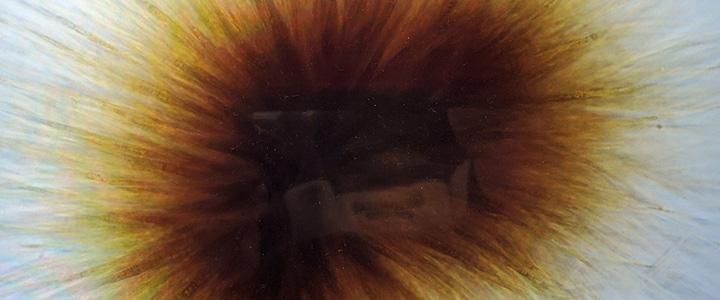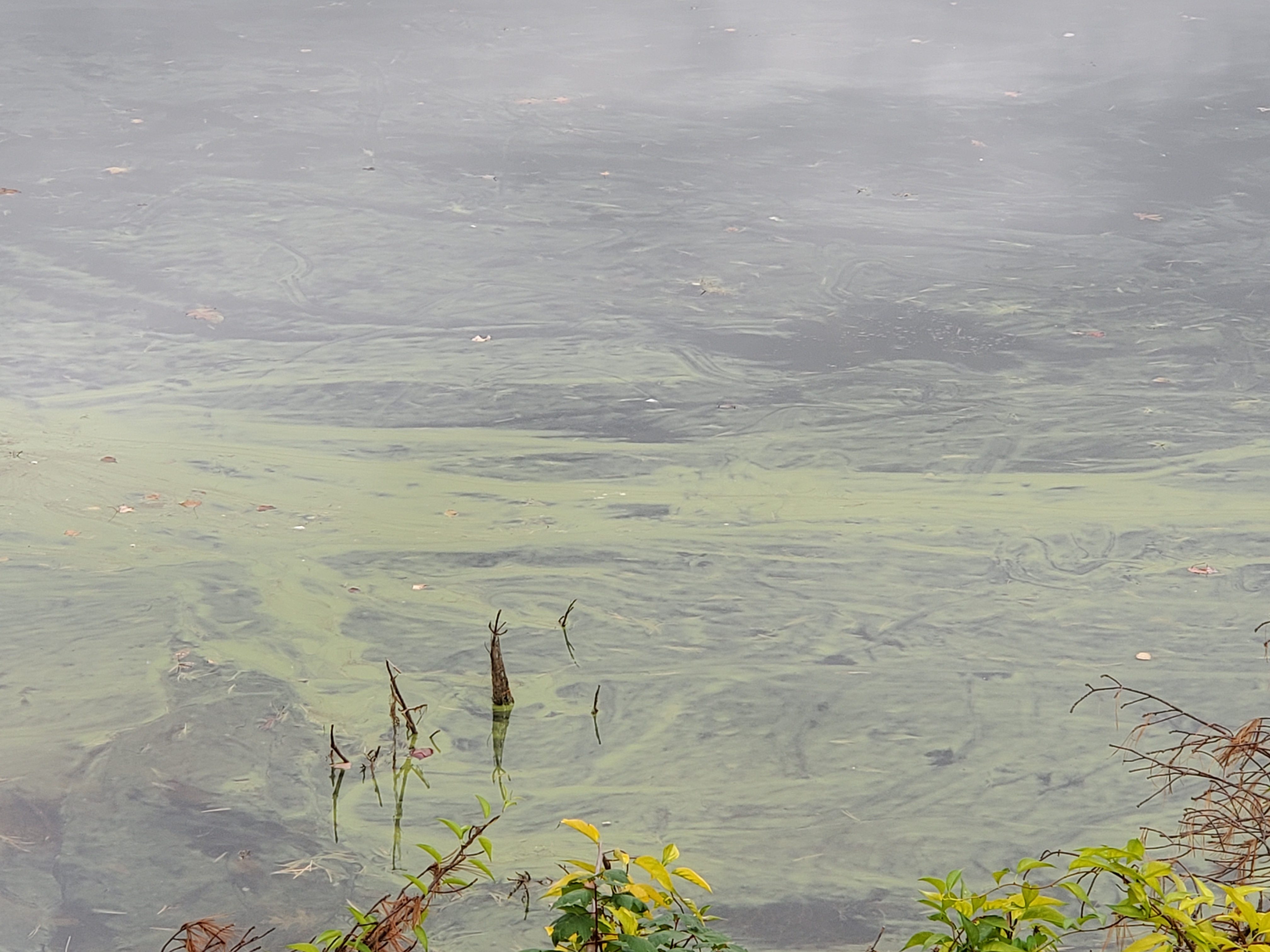
Look Out Cyanobacteria… New Hampshire is Coming for YOU!
Cyanobacteria blooms are occurring in lakes where, historically, they have not been observed and are occurring outside what used to be the “normal cyanobacteria season.” These blooms may produce harmful cyanotoxins that can impact recreational and drinking water sources. Cyanotoxins can be toxic if ingested and can affect the health of both humans and animals.
 Earlier this year, the New Hampshire Legislature passed H.B. 1066, which calls for NHDES to “prepare a plan to prevent the increase of, and eventually control, cyanobacterial blooms in New Hampshire’s lakes and other waters…” Recently, a Cyanobacteria Plan Advisory Committee has been established, that includes experts from various state agencies, academia, public water suppliers, lake associations and more. Over the next few months, this committee will meet to discuss how to create and implement a statewide cyanobacteria plan for New Hampshire and determine what resources are required to execute the final plan. The plan will be completed by November 1, 2023.
Earlier this year, the New Hampshire Legislature passed H.B. 1066, which calls for NHDES to “prepare a plan to prevent the increase of, and eventually control, cyanobacterial blooms in New Hampshire’s lakes and other waters…” Recently, a Cyanobacteria Plan Advisory Committee has been established, that includes experts from various state agencies, academia, public water suppliers, lake associations and more. Over the next few months, this committee will meet to discuss how to create and implement a statewide cyanobacteria plan for New Hampshire and determine what resources are required to execute the final plan. The plan will be completed by November 1, 2023.
New Hampshire public water systems using lakes and rivers as sources of drinking water understand the importance of cyanobacteria monitoring to prevent exposure to cyanotoxins and protect public health. Monitoring of a system’s source water is the first step to alert the water system of a potential cyanobacteria bloom. Manchester, Rochester and Keene water departments have been monitoring their sources over the past few years. Sunapee Water Department and Laconia Water Works have recently partnered with local lake associations to aid in routine cyanobacteria monitoring. Salem Water Department and Meredith Water Works are in the process of implementing a structured monitoring plan as well. Some of the monitoring equipment for these programs have been purchased through the NHDES Cyanotoxin Monitoring Equipment and Training Grant.
Cyanobacteria have been around for more than 1 billion years, so they aren’t going anywhere, anytime soon. Increasing temperatures, drought and extreme rainfall events create prime cyanobacteria growth conditions. These conditions appear to be the new norm in the Northeast, for the foreseeable future, making it more important than ever that New Hampshire continue to be vigilant in its response to cyanobacteria blooms.
For more information, please contact Liz Pelonzi at (603) 271-3906 or liz.pelonzi@des.nh.gov.




